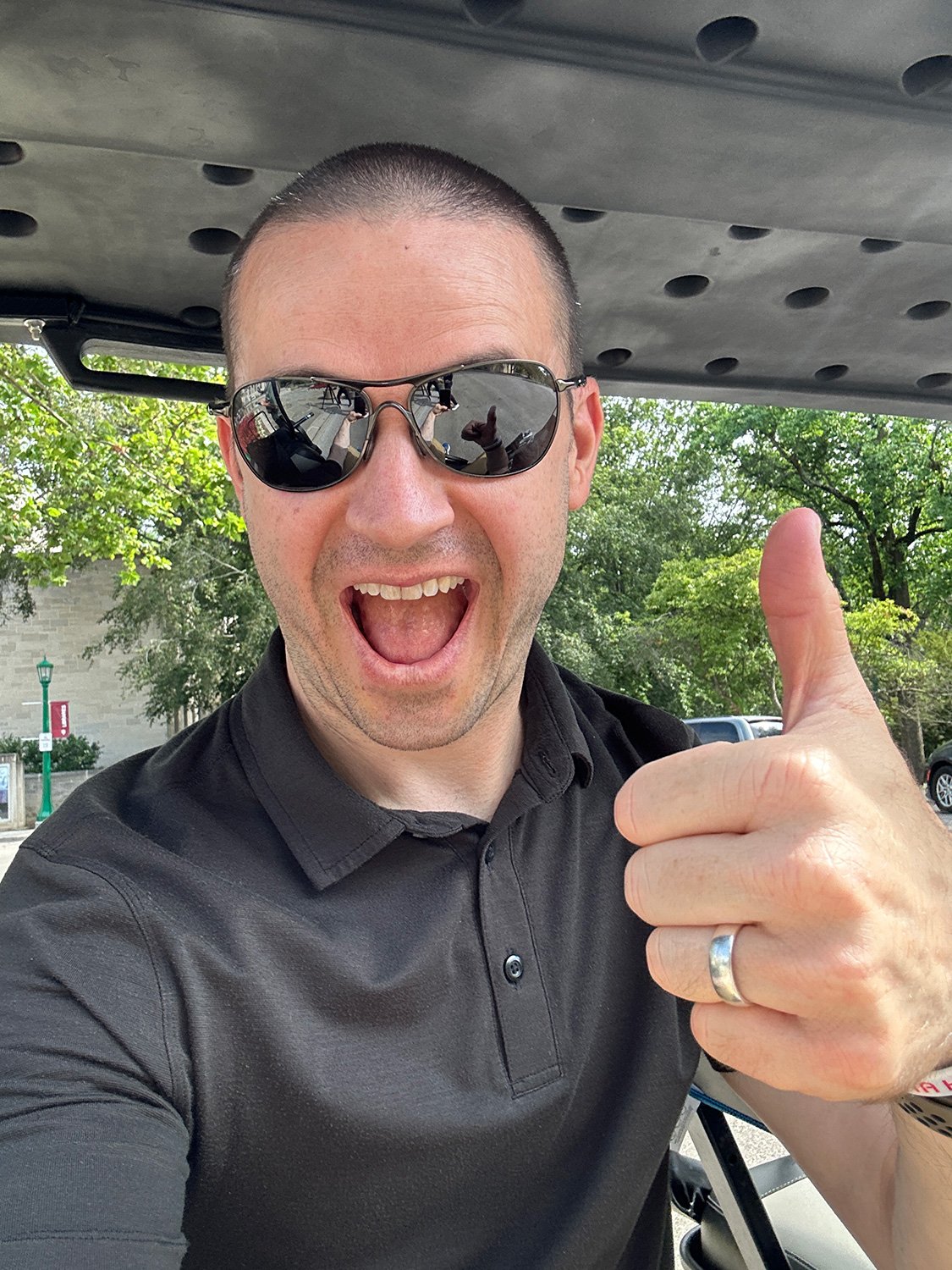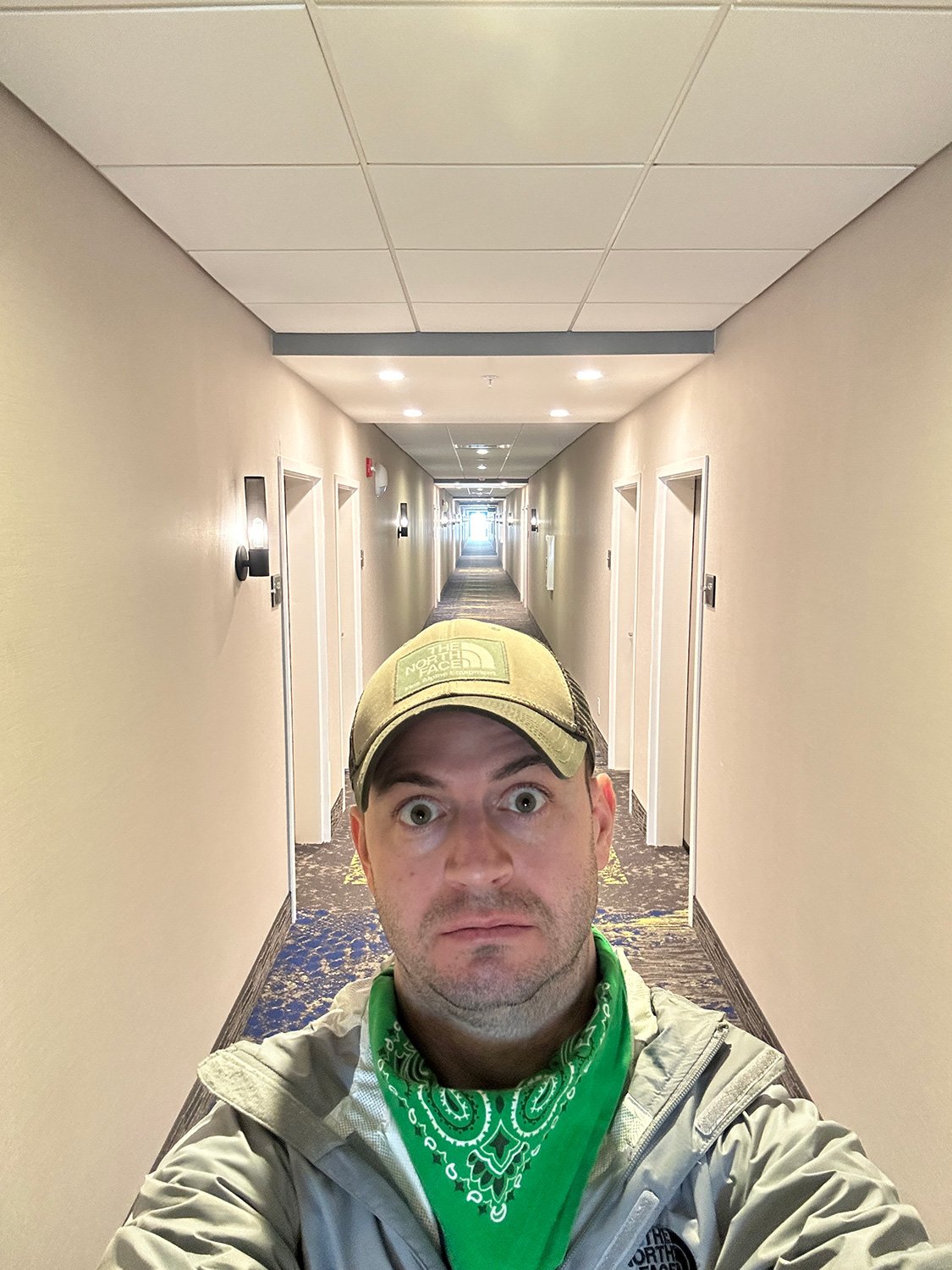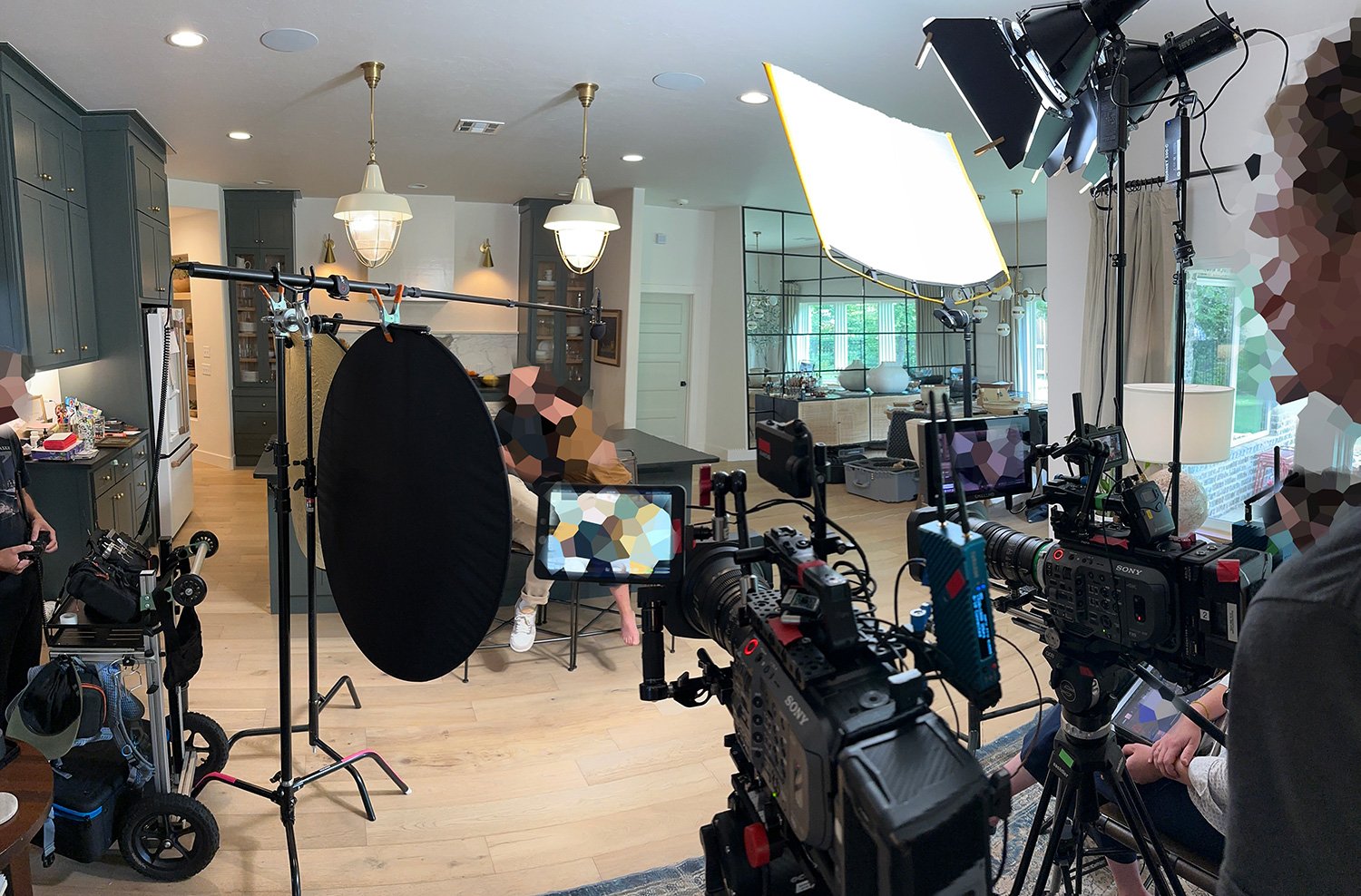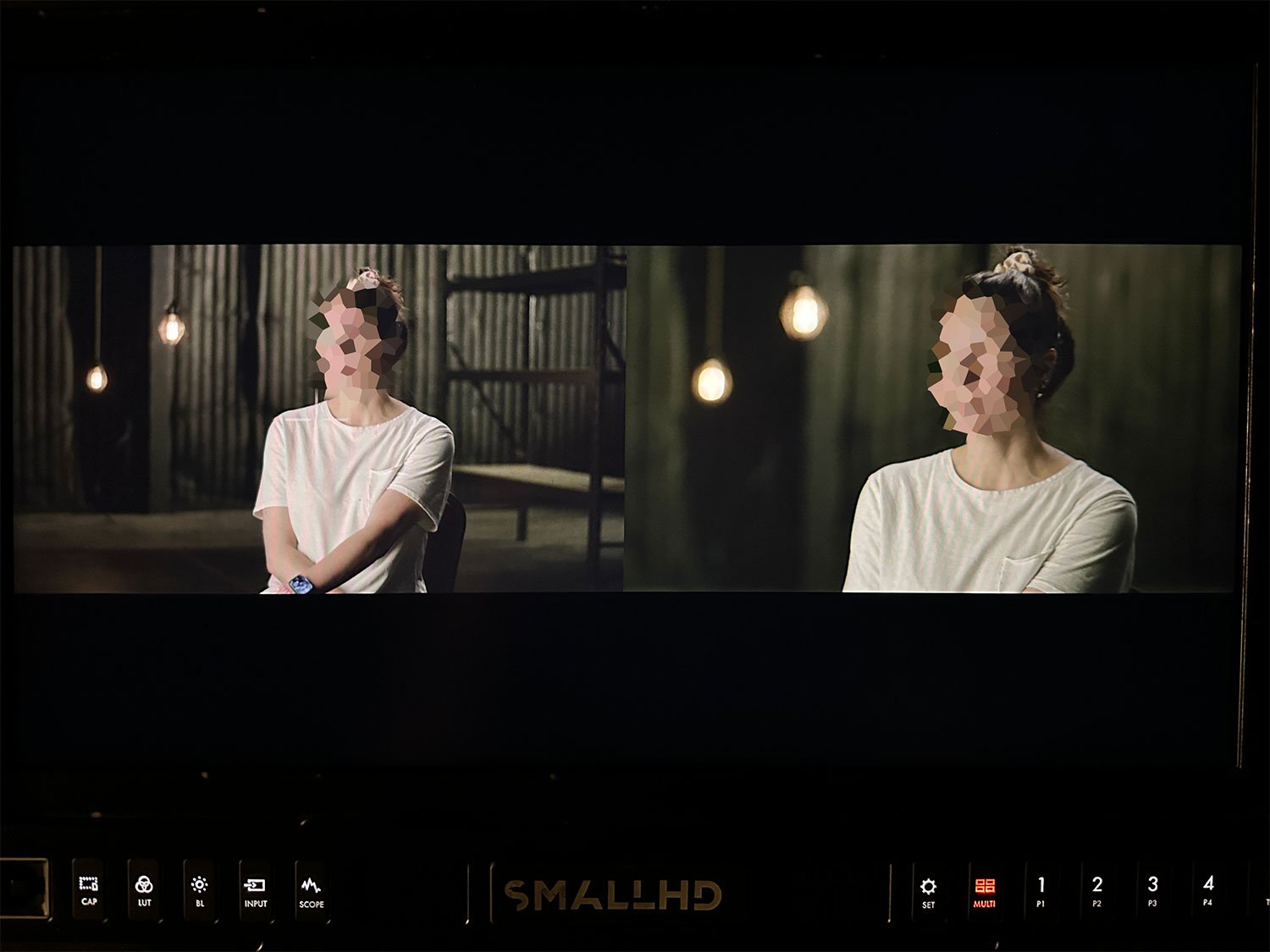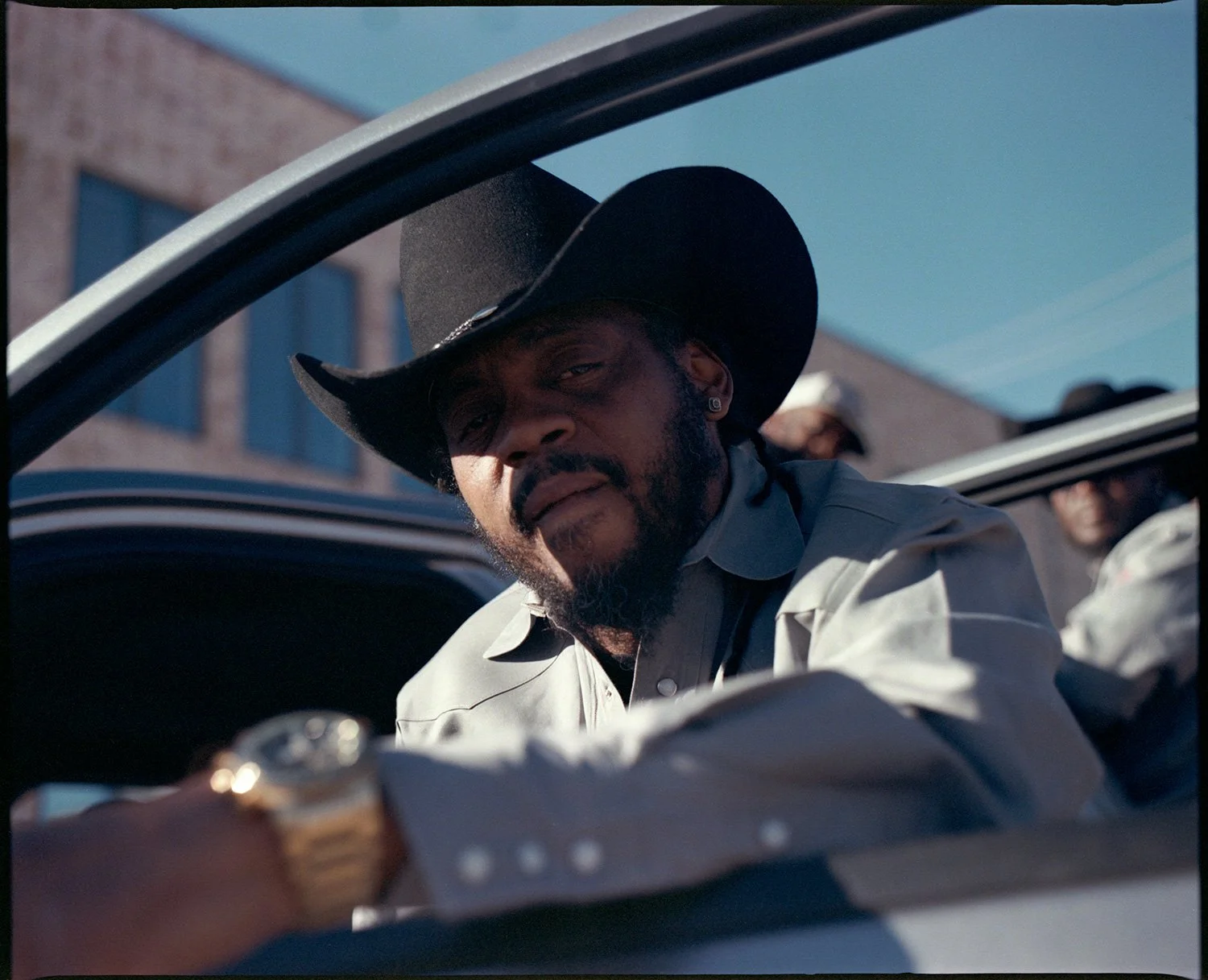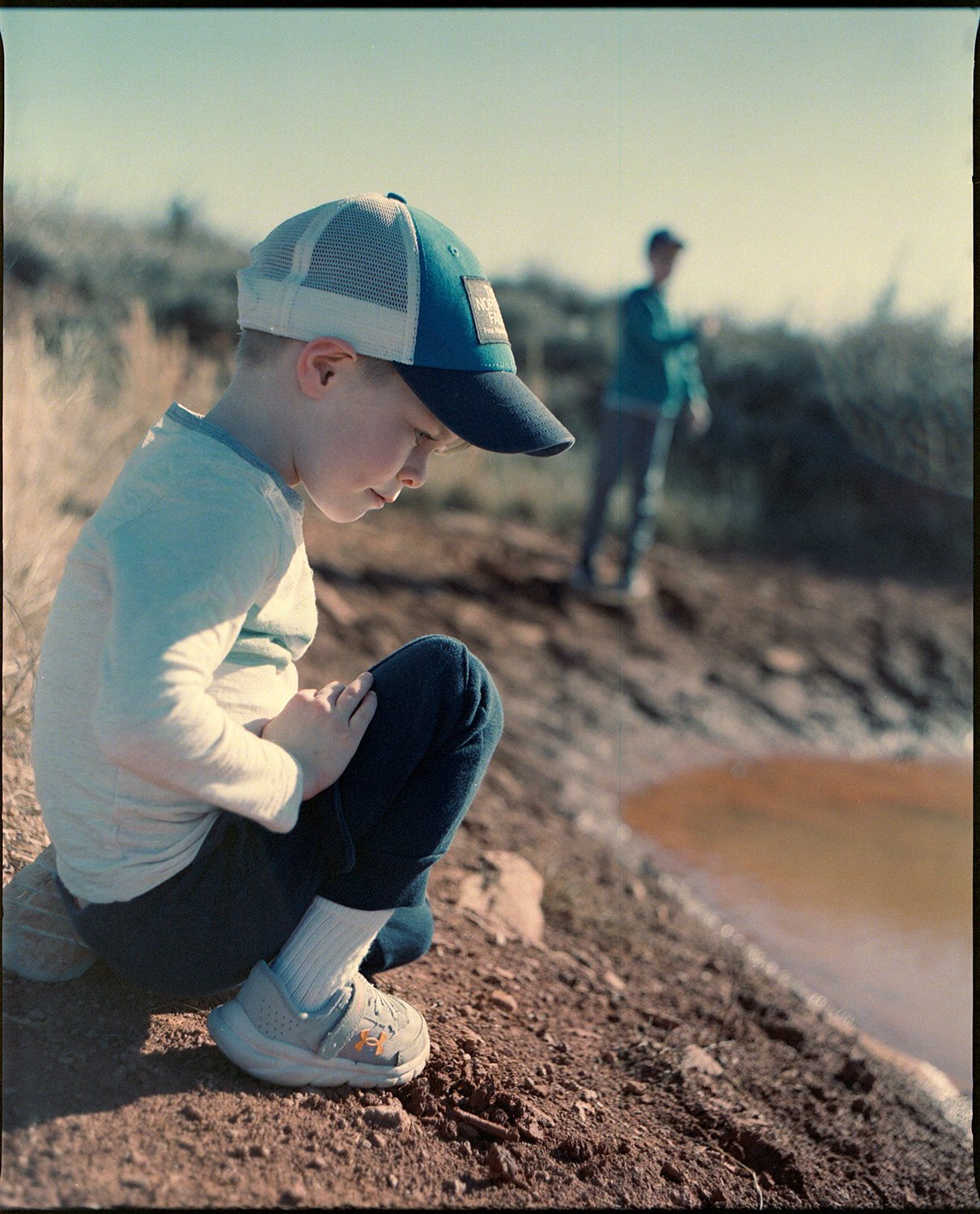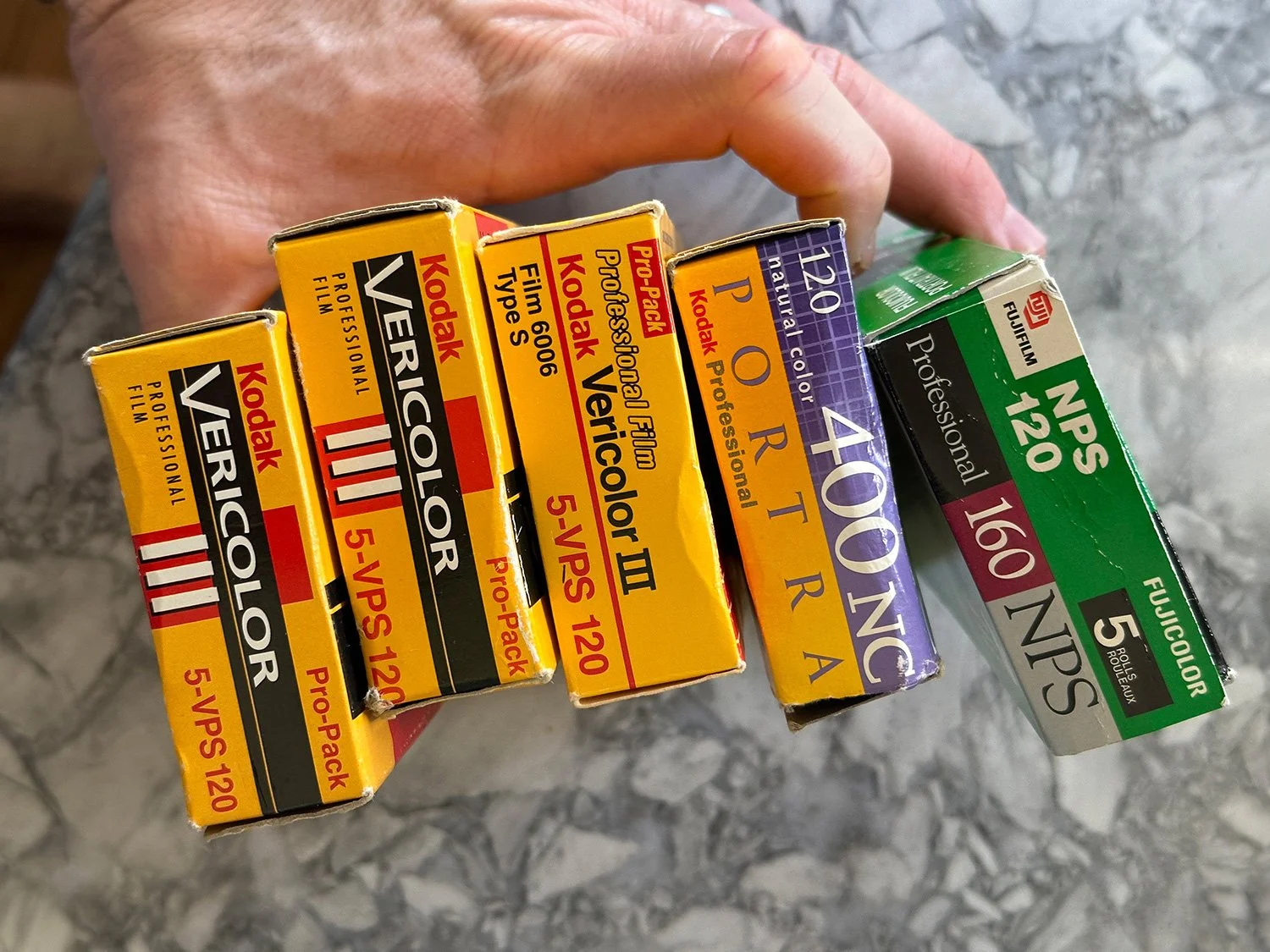A dude on the internet I've never met but followed for years and totally respect has been posting a series related to money and creatives. I've already posted a couple of my faves here on the blog, but when he dropped a link for anyone who'd be interested in sharing their experience I jumped at the chance. Now it's out in the world and kinda feels like standing there naked in a cold room in front of a doctor and their 58,000 social media followers.
Is this a flex by any means? Oh, goodness no. You saw how much I make, right? Do I believe in honest transparency in hopes of helping someone else who may be in somewhat of a similar position? 100%. Is there a bit of irony there in the fact that the Instagram post didn't include my name? Well... Pretty sure anyone determined enough to find out who it is knows how Google works.
When I was first getting started as a freelancer, I don't remember having honest and open conversations with other freelancers regarding their relationships with money and finances. Now I'm probably too open about it and more often than not overly pessimistic. Surely I'm loads of fun at parties.
Rather than rehash what I'd already written for that dude's survey, I'll let you scroll through his Instagram post of my response embedded above.

